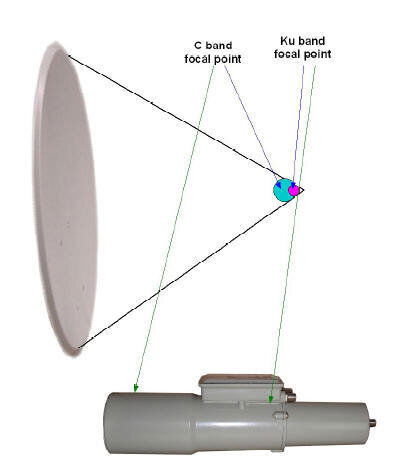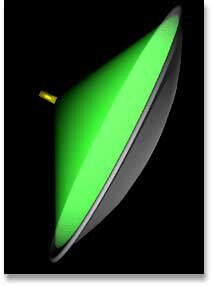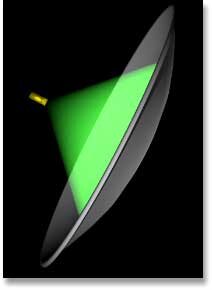I was looking at Fortec prime focus 6-ft dish at Sadoun's site, and can't seems to figure out, how many actuators it needs for a motorized setup? I assume, one is needed to rotate its mount, another to adjust in synch its elevation angle, and the 3-rd to skew the LNB - is that right? What actuator models would be the best? Or, a motor can be found that would perform all 3 movements similar to Ku-band dish polar mount setup - are you saying, that's what you did, and using what exact H-H Motor model? Is there an analog to it now? What device would then control movement in synch of all 3 rotors - it looks like required power should be too high for a sat receiver to handle?
Iceberg covered this, but a dish rotating on a polar axis will automatically track the Clark belt meaning you only need one actuator or one HH motor to take care of elevation, azimuth and skew. Actually this isn't quite correct, but by employing a declination angle one can approximate this to, say, 0.01 degree or better and this is good enough.
Also, looking at
Chapparal CoRotor II Plus, it seems to be a good choice for that setup - is it? When you mentioned a Dual Ortho Feed, what model did you have in mind, and what exact LNB models to mount with that feed? Can it do both C and Ku band in both 2 Linear and 2 Circular? I wonder, will
DMX741 Quad Polar C/Ku LNBF be a better choice, and can it be used in a motorized setup at all without a CoRotor? Should Skew angle be always the same for any C and Ku-band sats at the same orbital location?
Corotors were great feeds in their day, but most current receivers cannot drive their skew adjustment servo. You can work around this but it can be a pain. Furthermore corotors are subject to losses, particularly on Ku, because of their design.
There are a number of C/Ku integrated feeds, some mentioned already by Anole. I don't have any direct experience but a lot of people here swear by them. Anecdotally I have heard more than a fair share of Ku performance complaints. However this could be caused by factors unrelated to the actual feed and LNBs.
I seem to recall that at one time you wanted to get both your subscription services and FTA from the same dish. That may be tricky, but I may have a solution. Neither corotors nor integrated C/Ku feeds can provide both linear and circular Ku reception. Dual orthomode feeds can't in their normal configuration, but there is a variation on something I have done that will work. If you get a dual ortho, you'll be out at least $200 for the feed itself (ADL probably).
Then you have to buy LNBs. Normally that would be two C and two Ku, but here's where life gets interesting. You still need the two C LNBs, and they will cost anywhere from $20 apiece (probably marginal) to $100 apiece (probably overkill). I started with two of the latter on my dual ortho plus the usual two Ku LNBs.
It worked fine, but then I decided to go for a universal Ku LNB and there wasn't much available with the correct flange. So I did a simple modification to the feed and instead bolted on an Invacom QTH-031 quatro universal LNB for Ku instead of the separate Ku LNBs. It works great.
If you want both circular and linear Ku, you could instead mount an Invacom QPF-031 in the same manner. That would give you linear C, linear Ku and Circular Ku out of the same feed and dish. All with very high performance. I know I've promised a thread on how to do this in the past, but I do have this Frankenstein feed up and running so pictures shouldn't be hard to come by.
To be fair you could alternately sidecar a circular Ku LNBF next to your C-band scalar, whatever it is, or even mill out a hole for it. That would probably work fine because circular Ku satellites have a ton of power and the underscan and off-axis losses would be more than made up.




